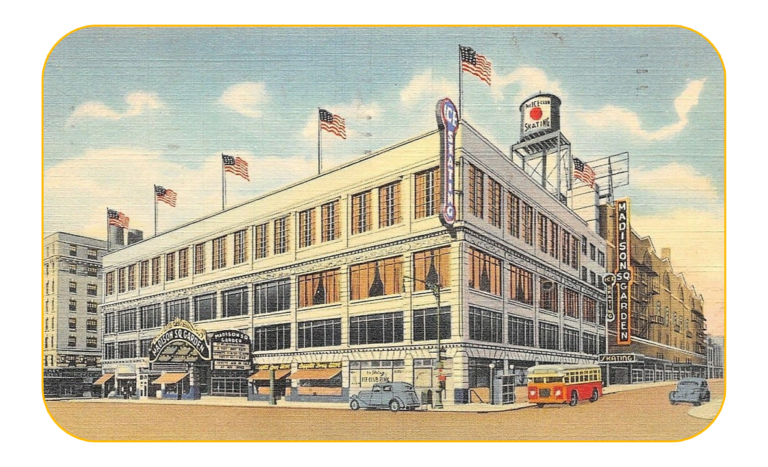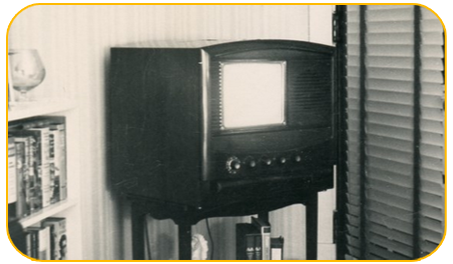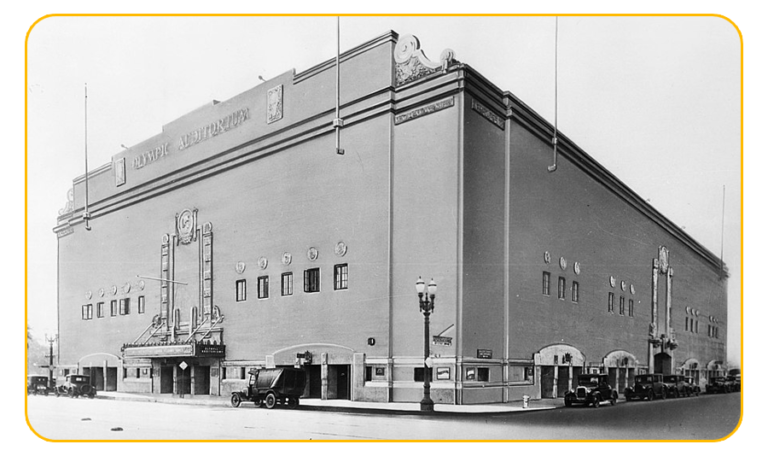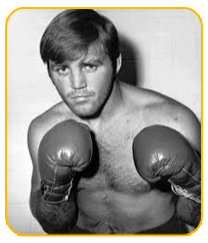
FROM MADISON SQUARE GARDEN TO THE OLYMPIC AUDITORIUM
Look sharp, be sharp was the theme song from Gillette razor blade companies “Cavalcade of Sports” boxing program. It featured twice-weekly shows from 1946 to 1960. The shows started on Monday, November 8th and Friday, November 12th at 9:00 PM Eastern time. Both were open-ended programs and the station signed off after the last bout.
The Friday night boxing program was broadcasted from the New York city, Madison Square Garden arena and lasted until June 24, 1960, a 14 year period. The longest, continuous run of any boxing program in the history of television. Gillette sponsorship was the start of the very first full television programming season. It was renamed The Gillette Cavalcade of Sports, a name that had remained the same until its final show.
In the early years of television, boxing programs had as many as six prime time network programs in one week. With so much boxing being aired simultaneously, every weight division had a chance at stardom, not just the heavyweight division. Some of the great boxers of the time included Rocky Marciano, Willie Pep, Sugar Ray Robinson, Archie Moore and Rocky Graziano.
My father would almost never miss a boxing bout, either on Monday night or Friday night. There were usually a few of his friends sitting on the floor, drinking beer, eyes glued to a small black and white 10″ TV screen. These are my earliest memories that continued through my adolescent and teenage years. Boxing came to be my major interest in sporting events.

Nearby my home in North Long Beach, California was a local WMCA facility. Part of it’s exercise equipment included a heavy punching bag, work out and speed bags and a small, roped off ring. I’d spend hours on the punching bags. Occasionally we would face-off other kids in the ring after donning boxing gloves the size of basketballs. In my early teenage years, I had my own punching bag ring and assorted bags and I continued to put in several hours a day honing my skills.
Classmates and friends who were aware of my punching bag skills seemed impressed and the word was out to not challenge me to fight. This reputation served me well, as a non-aggressive and shy person, the last thing I wanted was to be fighting. On the few occasions when I was forced to fight, it only added to my being a boxer with a reputation.
At age 21 I began my career as a police officer. In the mid 60’s new officers for many departments did not receive any training until after they had completed the probationary six months. My early martial arts training did help some until attending the formal basic training academy. Many of my police officer friends were also boxing fans. Several of us got together to acquire the Thursday night fights, front row seats at the 18th St. and Grand Ave. Los Angeles Olympic Auditorium. Schedules determined who would be available to use the seats.

“The Olympic Auditorium was a focal point for Mexican and Mexican American culture in Los Angeles. Its ring was a platform for contenders from Southern California and south of the border that prompted fierce rivalries and inspired intense bonds between athletes and fans. A part of the social fabric of L.A., Olympic Auditorium influenced popular culture through its weekly presence on local television. The action and atmosphere at the Olympic attracted movie stars, gangsters, artists, writers, and community organizers. Still, its most loyal fans were the working-class Angelenos, a fact well understood by Olympic manager Aileen Eaton, a female promoter who thrived in the male-dominated world of combat sports for nearly four decades”.
Attending these fights on Thursday nights was an adventure in itself. The raucous fans would demonstrate their approval of the match by tossing quarters into the ring if they liked the match. How they were distributed to the fighters is unknown. If the fans were disappointed with the fight, you never new just what could be thrown towards the ring. Front row seats could ne dangerous if a bottle was thrown from the upper seats.
One of my favorites was the Heavyweight boxer, Jerry Quarry who grew up in the L.A. suburb of Bellflower (near my home) and was one of the local fighters. The (Bellflower Bomber) was a Golden Gloves Champion, who made his pro debut at the Olympic Auditorium in 1965. A crowd favorite and future title contender. He fought some of the greatest heavyweights of his time, including Mohammad Ali, Joe Frazier, Floyd Patterson, Ken Norton and Earnie Shavers.
